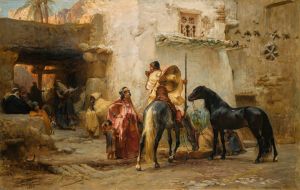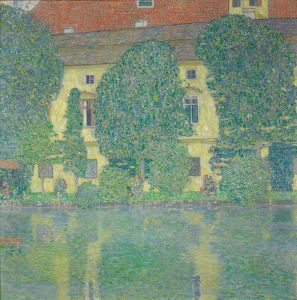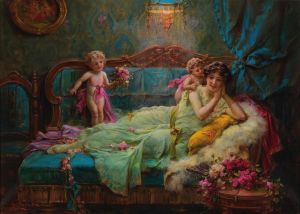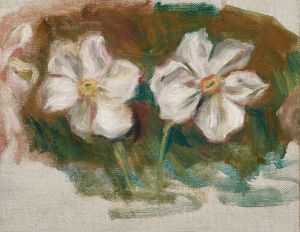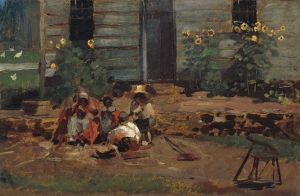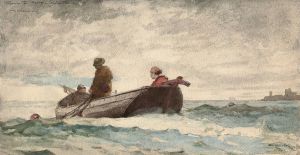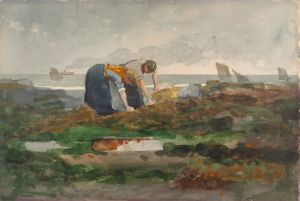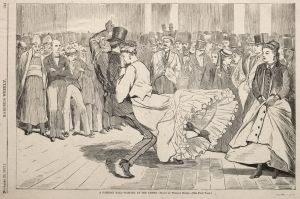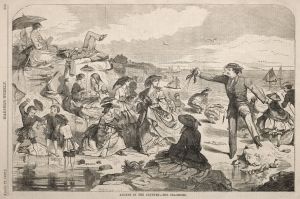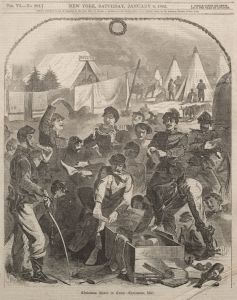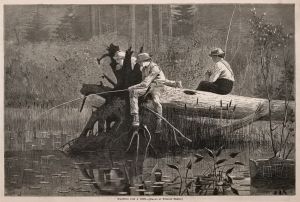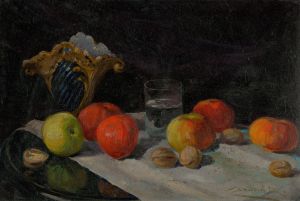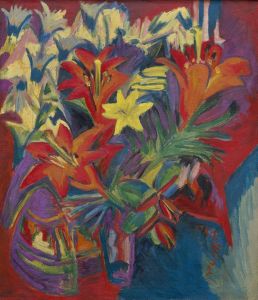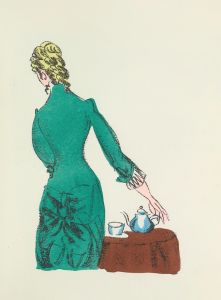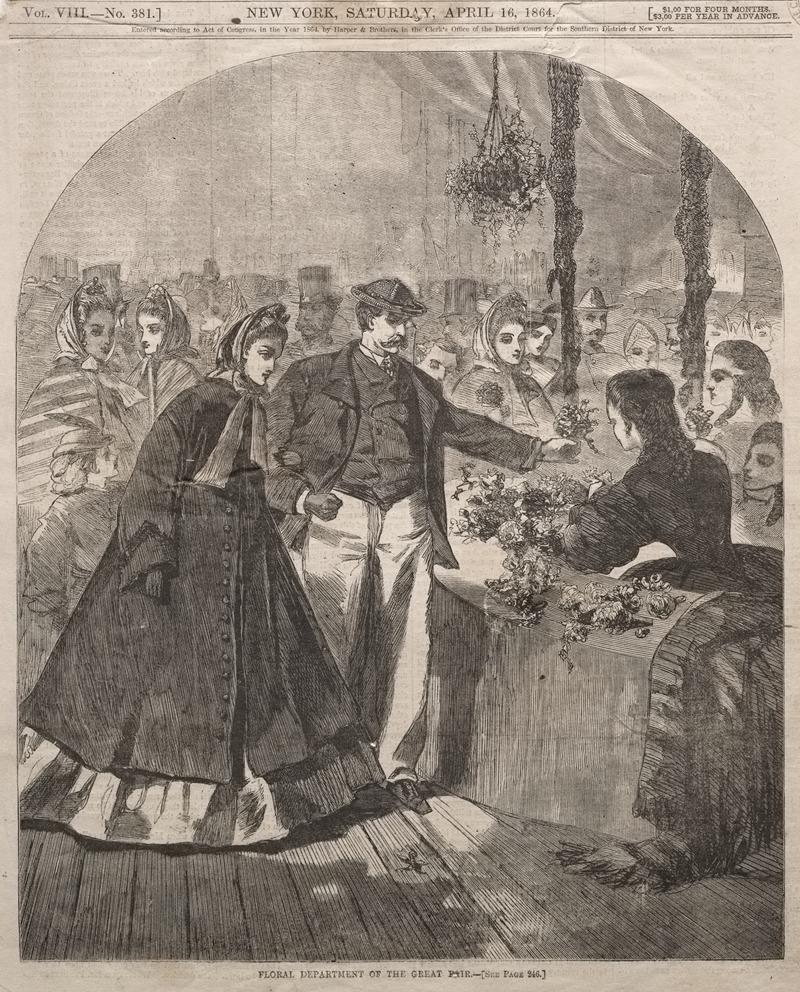
Floral Department of the Great Fair
A hand-painted replica of Winslow Homer’s masterpiece Floral Department of the Great Fair, meticulously crafted by professional artists to capture the true essence of the original. Each piece is created with museum-quality canvas and rare mineral pigments, carefully painted by experienced artists with delicate brushstrokes and rich, layered colors to perfectly recreate the texture of the original artwork. Unlike machine-printed reproductions, this hand-painted version brings the painting to life, infused with the artist’s emotions and skill in every stroke. Whether for personal collection or home decoration, it instantly elevates the artistic atmosphere of any space.
"Floral Department of the Great Fair" is a painting by the renowned American artist Winslow Homer, created in 1864. This work is an example of Homer's early career, during which he was primarily known for his illustrations and paintings that depicted scenes of American life and events of the time.
Winslow Homer was born on February 24, 1836, in Boston, Massachusetts. He began his career as a commercial illustrator, and his work was featured in publications such as Harper's Weekly. During the American Civil War, Homer worked as an artist-correspondent, capturing scenes from the front lines. This experience significantly influenced his artistic development and subject matter.
The painting "Floral Department of the Great Fair" was created during a period when Homer was transitioning from illustration to painting. It reflects his keen observation of social events and gatherings, a theme that recurs throughout his body of work. The painting depicts a scene from a fair, specifically focusing on the floral department, which was a common feature of fairs during this era. These fairs were often organized to raise funds for various causes, including war relief efforts during the Civil War.
Homer's depiction of the fair's floral department captures the vibrancy and social dynamics of such events. The composition likely includes figures interacting with the floral displays, showcasing Homer's ability to portray human activity and emotion. His use of color and attention to detail would have been aimed at bringing the scene to life, engaging viewers with both the beauty of the flowers and the lively atmosphere of the fair.
During the mid-19th century, fairs were significant social and cultural events in America, providing communities with opportunities to come together, share innovations, and support charitable causes. The floral department would have been a place of beauty and respite, offering visitors a chance to admire horticultural achievements and enjoy the aesthetic arrangements.
Homer's work from this period is characterized by a focus on everyday life and the American experience. His paintings often reflect a sense of realism and immediacy, capturing moments in time with a journalistic eye. "Floral Department of the Great Fair" fits within this context, as it documents a specific aspect of American culture during the Civil War era.
While specific details about the painting's current location or ownership are not widely documented, it remains an important part of Winslow Homer's early oeuvre. His work from this time laid the foundation for his later, more famous pieces, which include seascapes and scenes of rural American life.
Overall, "Floral Department of the Great Fair" exemplifies Winslow Homer's skill in capturing the essence of American society during a transformative period in history. His ability to convey the spirit of the times through his art continues to be celebrated, and this painting is a testament to his enduring legacy as one of America's foremost artists.





